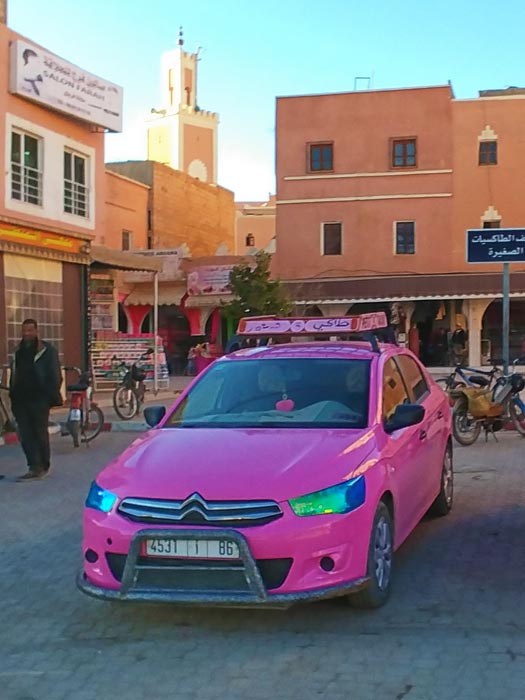Transport reform has increased the number of visitors to Morocco. The “open skies” policy has allowed low-cost European airlines to arrive in the country.
There are ferry services from Europe, a more romantic and less polluting option than the airplane, which reach Africa and connect Morocco with the European railroad network. We can also get around by Taxi.

Plane
There are direct flights from major European cities, the Middle East, West Africa and America.
Airports and airlines:
Royal Air Maroc (RAM; 0890 00 08 00; www.royalairmaroc.com) is Morocco’s national airline.
For information on Moroccan airports, visit the Office National des Aéroports website (www.onda.ma).
Casablanca’s Mohammed V International Airport is the main gateway to the country, followed by Menara Airport (Marrakech). Other major airports include Fez-Saïs (Fez), Ibn Battouta International Airport (Tangier) and Ouarzazate, Agadir, Essaouira, Oujda and Nador.
The departure tax is included in the ticket price.
Buses in Morocco
You must understand that in Morocco, as a general rule, there is no hurry (if you have ever traveled, you will know what I am talking about). Taking into account that the bus is the cheapest means of transport and the one chosen by Moroccans for medium-long distances, it is usually “adapted” to their lifestyle.
In addition, they tend to be poorly maintained and can even break down en route, forcing passengers to wait for the next one. All this translates into more than probable delays, being common that we arrive at our destination an hour later.
It is therefore recommended only as an alternative option for journeys where train or cab is not possible.
Prices: City buses are usually priced at approximately 4 dirhams. If we move between cities, will depend on the duration of the journey. For example, a bus from Tangier to Asilah costs approximately 20 dirhams and from Casablanca to Marrakech 100 dirhams.

Cabs in Morocco
It is the means par excellence, both for tourists and locals, to move in Morocco.
Taking into account the price of gasoline in Morocco (not too far from that of Spain), it is surprisingly economical and their rates are oriented to Moroccan citizens (with a salary much lower than that of a tourist).
This is probably because most of them do not have their own car due to the high investment involved (or at most a family car), using mainly cabs to get around (although this does not prevent cab drivers from trying to charge us travelers more).
On the other hand, their safety controls are similar to ours in the 80s. That is to say, they do not usually have rear seat belts and it would be an anomaly if they had baby seats or airbags.
There are two types of cabs in Morocco: Grand Taxis and Petit cabs.
Grand cabs are all white in color. They have a capacity of five passengers (excluding the driver), using the passenger seat to put two people (so it is advisable to travel a maximum of four people to not be uncomfortable).
Petit cabs circulate only in the city and admit a maximum of 3 passengers per vehicle. To differentiate them from the previous ones, they are colored.
